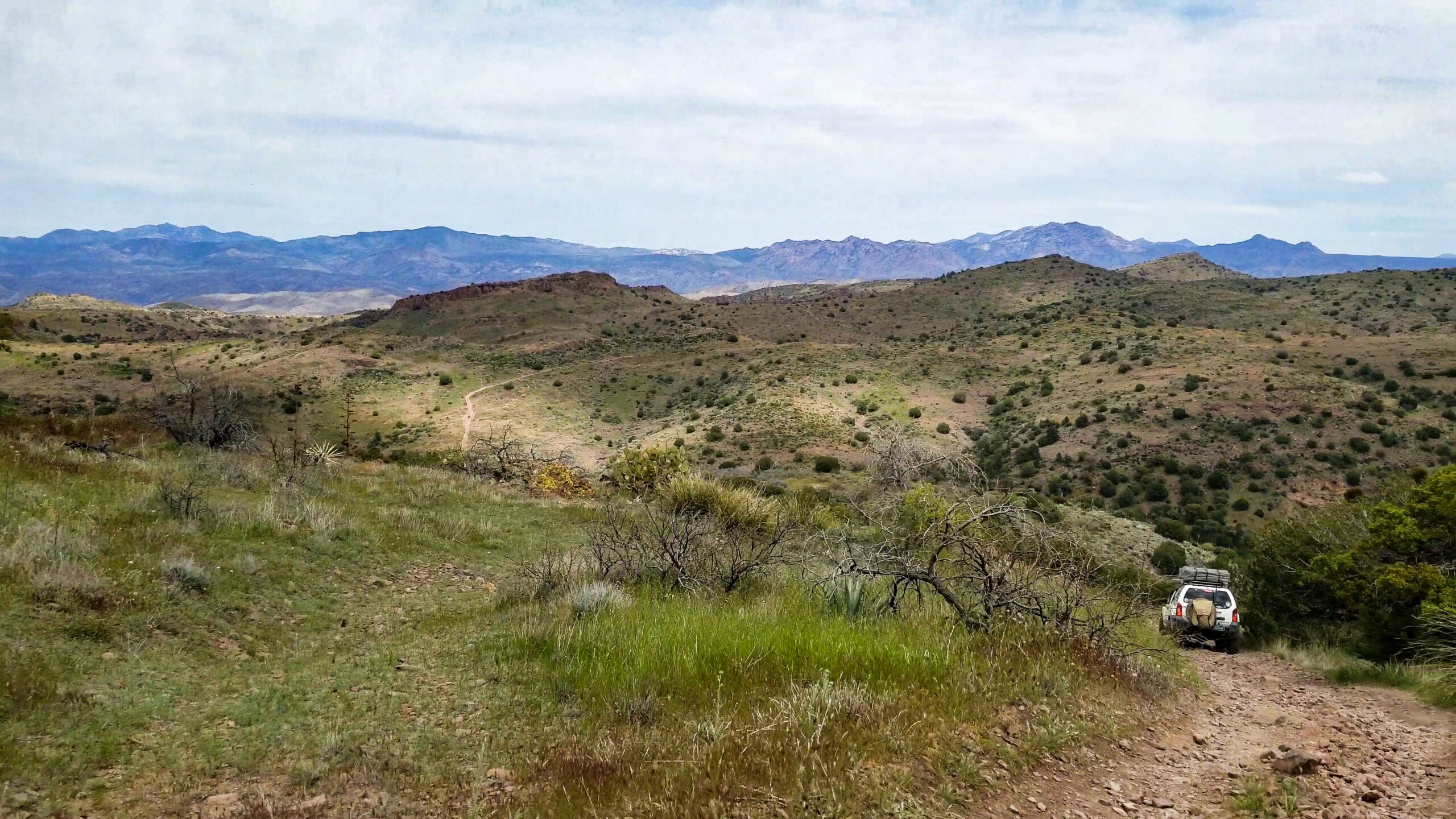Your cart is currently empty!
Posted in
Bureau of Reclamation is accepting public comment for the near term Colorado River Operations. In April of 2023 BOR released its original alternatives and the public provided feedback. Many of our members sent in comments. The BOR ended that public comment period due to the Arizona, Nevada, and California agreeing to work on a solution together. Colorado, Wyoming, Utah, and New Mexico, requested BOR analyze this proposal which would reduce lower basin uses by 3 million acre feet.
BOR has adopted this lower basin proposal as the second alternative and the preferred action to a no action alternative. This analysis and operational plan will guide BOR for the next few years before the Post-2026 Operating Guidelines are finalized. comments are due December 11, 2023. Enter in your information below to send a comment to BOR supporting operating guidelines that sustain Lake Powell and Lake Mead.
The risk of levels in both Lake Powell and Lake Mead have been substantially reduced thanks to the previous winter the Colorado Basin had. Lower basin states have agreed to cut 3 million acre feet of water consumption.
“As a result of the commitment to record volumes of conservation in the Basin and recent hydrology, the chance of falling below critical elevations was reduced to eight percent at Lake Powell and four percent at Lake Mead through 2026”. The lower division proposal will conserve nearly 400,000 acre feet through 2025 in Lake Mead.
The tables below show the two plans in comparison. The preferred, proposal will basically allow standard releases when Lake Powell has an elevation above 3575 that will balance water storage between Lake Powell and Lake Mead. If Lake Powell drops below 3575, the amount released will increase if water levels in Lake Mead are lower than 1025. If there is a projection that Lake Powell could reach an elevation level of 3500′ then cutbacks would kick in. The Bureau of Reclamation reserves the right to protect the Colorado River System if levels at Lake Powell drop below 3500′. (At the time of this writing, Lake Powell is at 3572′, and Lake Mead is at 1064′).
This management approach is consistent in principle with what we proposed in our Path to 3588′ Plan. The biggest difference is we would have had the Mid-Elevation Release Tier be triggered when the lake reaches 3588′ in elevation instead of 3575′. The prior trigger was 3525′ in the recent years when water levels were dangerously low. We are supportive of a management approach that raises the elevation levels of these tiers to trigger cutbacks before we get close to a danger zone. We also support the BOR’s commitment to protecting both reservoirs instead of analyzing any of the plans that would propose to drain Lake Powell and decommission the Glen Canyon Dam.
Virtual meeting — Thursday, November 9, 2023, at 5:30 – 7 p.m. Mountain time
Registration Link: https://swca.zoom.us/webinar/register/WN_TpxvKrF8Qziu_ijSNy-QKQ
Dial-in Options: (720) 928-9299 or (602) 753-0140; Webinar ID: 915 8730 9775
Virtual meeting — Friday, November 17, 2023, at noon – 1:30 p.m. Mountain time
Registration link: https://swca.zoom.us/webinar/register/WN_uqVZ3QLTT-i60hMSM25hUQ
o Dial-in Options: (720) 928-9299 or (602) 753-0140; Webinar ID: 933 5875 9125
Revised Draft Supplemental Environmental Impact Statement for Near-term Colorado River Operations
The release tiers are based off a 24 months study, BOR should use more than a 2 year average. these releases are also subjected to a mid-year review so the releases could be changed if predictions seem to be innaccurate at the mid year point.
If the April 24-Month Study projects the end-of-water-year elevation to be at or above 3,575 feet, an adjustment would be made to release 8.23 maf from Lake Powell.
If the April 24-Month Study projects the end-of-water-year elevation to be below 3,575 feet and at or above 3,550 feet, an adjustment would be made to release 7.48 maf from Lake Powell.
If the April 24-Month Study projects the end-of-water-year elevation to be below 3,550 feet and at or above 3,525 feet, an adjustment would be made to release 7.0 maf from Lake Powell.
If the April 24-Month Study projects the end-of-water-year elevation to be below 3,525 feet and at or above 3,500 feet, the release of 6.0 maf from Lake Powell would be maintained.
If the April 24-Month Study projects the end-of-water-year elevation to be below 3,500 feet, the dam would be operated to maintain an elevation of at least 3,500 feet. Additionally, up to 6.0 maf would be released over the year with a goal of maintaining LTEMP minimum flows, subject to run-of-the-river conditions, operational constraints, and prudent operations as determined by Reclamation.
Tags:
You may also like…

Visit the AZBackroads.com Store

Please Become A Member
We need your help to keep our backroads open. Please join today!








